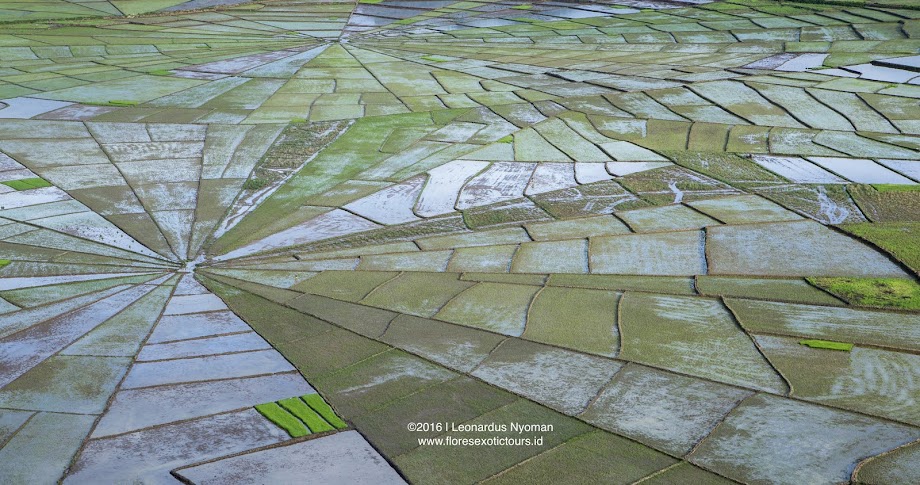Friday, July 12, 2013
Monday, July 1, 2013
Sikka Natar-Sikka Regency-Flores island
The village of Sikka (natar means ‘village’ in the local language),
with its pleasant sea view on the south coast, is one of the first
places of Portuguese influence and Catholic missionary activity in
Flores. Therefore this is a place to take a leap into the past and learn
about Sikkanese history, such as the colonial era.
The former center of the Kingdom of Sikka features a big church,
which was built with the support of Jesuit priests in 1899. Its inside
walls are nicely decorated with local ikat motifs. During the rule of
the Sikkanese royal palace, the church was not only a place to hold Holy
Communion, but was also used for the inauguration of new kings.
If by any chance you happen to be in Sikka Village at Christmas, you
may witness a lasting example of Portuguese influence in the church:
Toja Bobu, a dance-drama which was brought to Sikka by the Portuguese,
and that is traditionally performed on the 26th of December. In brief,
the story is about a beautiful, young princess being courted by many men
with all kinds of occupational backgrounds who all eagerly want to
marry her. For the luxury loving, spoiled princess, however, these
wooers are not wealthy enough; so she finally marries a rich nobleman.
Unfortunately, the performances are rarely held nowadays. The Sikkanese
Sanggar Gere Bue, a cultural workshop group, tries to fight the loss of
this old cultural tradition by reviving Toja Bobu and interpreting the
performance in a modern way, without losing its originality.
Sikka Village has been, and still is, one of East Flores’ most
important and famous weaving centers. Be prepared to be beleaguered by
women who, of course, would like you to acquire a piece of their
artwork. As in other villages, visitors to Sikka also have the
opportunity to see – by pre-arrangement and for a fee – the complete
steps of ikat-weaving, including the dyeing of the threads with natural
colors.
Text: www.florestourism.comPhotography: Leonardus Nyoman
Subscribe to:
Posts (Atom)
My post
-
►
2017
(6)
- ► September 2017 (2)
- ► February 2017 (1)
-
►
2016
(8)
- ► September 2016 (2)
- ► August 2016 (3)
-
►
2015
(6)
- ► November 2015 (2)
- ► August 2015 (1)
- ► February 2015 (2)
-
►
2014
(10)
- ► December 2014 (1)
- ► October 2014 (2)
- ► April 2014 (2)
- ► March 2014 (2)
- ► February 2014 (1)
-
▼
2013
(15)
- ► November 2013 (1)
- ► October 2013 (1)
- ► August 2013 (1)
- ► April 2013 (1)
- ► February 2013 (2)
- ► January 2013 (3)
-
►
2012
(20)
- ► November 2012 (4)
- ► October 2012 (1)
- ► September 2012 (1)
- ► August 2012 (5)
- ► April 2012 (2)
- ► March 2012 (1)
- ► February 2012 (1)
- ► January 2012 (2)
-
►
2011
(51)
- ► December 2011 (6)
- ► November 2011 (7)
- ► October 2011 (2)
- ► September 2011 (5)
- ► August 2011 (2)
- ► April 2011 (12)
- ► March 2011 (2)
- ► January 2011 (3)
-
►
2010
(13)
- ► December 2010 (2)
- ► November 2010 (4)
- ► October 2010 (7)




